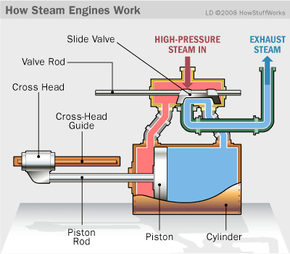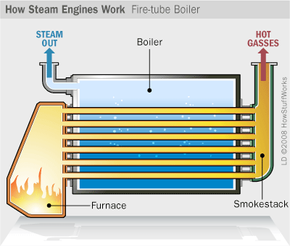The origins of steam technology trace back to around A.D. 75, with Hero, a renowned mathematician, writing extensively about the mechanics and properties of air and presenting plans for a rudimentary steam engine. His design featured a hollow sphere with bent tubes protruding from either side. By filling the sphere with water and placing it above a fire, the heat would vaporize the water; the resulting steam would escape through the tubes, causing the sphere to rotate. This invention served as the basis for future developments in steam technology, but the contributions of many others made steam power a possibility.
In the 17th century, Italian scholar Giovanni Battista della Porta observed steam’s role in creating a vacuum. He theorized that when water converted to steam inside a closed container, it resulted in increased pressure, while the condensation of steam back into water would yield decreased pressure.
In 1679, French scientist Denis Papin transformed della Porta’s theory into reality through a project, a pressure cooker-like device called the “Digest or Engine for Softening Bones.” The sealed cooking pot became the first practical application of steam pressure. And Papin further developed the concept by using a sliding piston on top of a closed cylinder filled with water. As the water became hot, the steam expanded and pushed the piston upward. Upon cooling and condensation, the resulting vacuum drew the piston back down.
These early experiments and innovations marked significant milestones in the journey toward harnessing steam power and paved way for future inventors and engineers to refine and expand upon these concepts.



